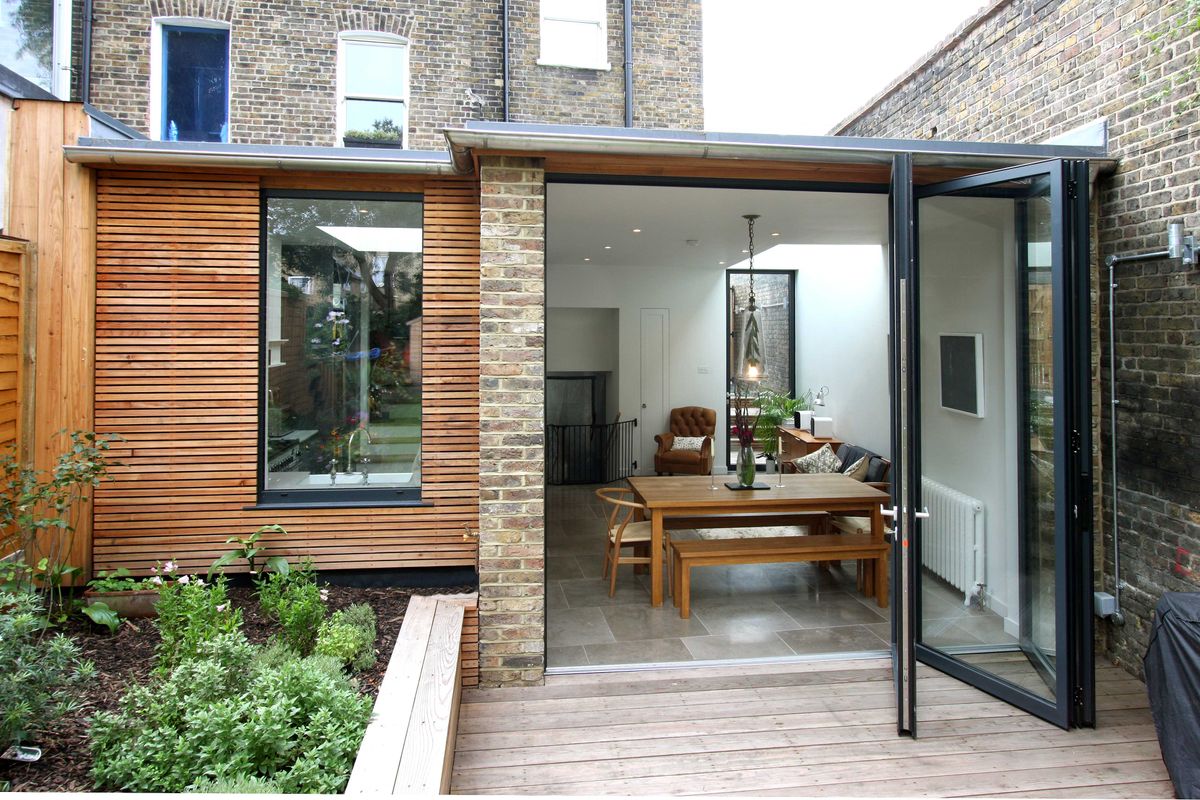Table Of Content

Your building contractor or architect will charge 15 to 20 per cent – this on top of the net cost of labour, materials and overheads. Find out how you can save money if you project manage an extension or renovation yourself. If you're extending a house, you can get a comprehensive extension cost calculation using our free extension cost calculator, but for a rough idea of what you might have to budget for your house extension costs, see below. We’ve also given a very rough estimate of how much an extension could add to the value of your property. This potential value is based on the average asking price per square metre of property in different areas and should be used as a rough guide only. A bump out is a smaller extension that goes into an existing room, and it has a price tag of $4,000 to $9,000.
Picking exterior materials for your double storey extension
An electrician can wire the room to spec for a rate of $40 to $100 per hour. They’ll make sure the house is built to code to pass inspection when the construction is complete. You can get a more accurate bespoke build cost estimate for your self-build or extension project using the My Building Project Build Cost Estimating Service.
Barndominium Cost vs. House Cost: 10 Factors to Consider Before Building
The California Public Utilities Commission also provides a list of providers with low-cost internet plans. Over-ordering materials can also waste money, but it’s better to have slightly too much than to fall short and have problems making up the difference. This will incur delays and extra delivery charges; worse, you may not be able to find the exact same thing again. Making changes or mistakes that waste labour and materials is a major factor in the final bill for many projects. Measuring everything on site, rather than off your plans will help reduce wastage.
Planning the interior layout upstairs
It’s easy to get overwhelmed by the process of planning and executing a home addition. You’ll need to find a contractor you trust, who is reliable, and who will achieve your vision with ease. Use any of the following questions when talking to a licensed, insured, and bonded general contractor to help make the process easier and avoid miscommunication. In some cases, you may only need to do a home extension to get the extra space you need. These jobs range from garages and balconies to in-law suites and mudrooms. Enter gross internal area (GIA) of new basement space beneath the existing property in m2.
Consider these factors to determine your home’s second-story price tag. A second story is only useful if it can be accessed, hence the inevitable staircase. This can be a challenge if the existing layout of the first floor doesn’t have enough open floor space to accommodate a staircase.
An extension for a bungalow to make it family-sized
Additions need specific materials both inside and out that match with the rest of your home. In addition to the materials, the professionals you contact with will not vary much from project to project. The following cost breakdown can give you a good idea of what the various parts of your project will cost. If you love the location of your house but wish you had more space — or different sorts of space — a home addition may be a great option.
Square Feet
Leasehold costs explained as ground rent is finally banned - The Times
Leasehold costs explained as ground rent is finally banned.
Posted: Wed, 29 Nov 2023 10:21:17 GMT [source]
If you want to keep costs down, it's important to find a builder with both experience and an ability to think around problems. This isn't always easy, but with good research locally, you will find a builder (or project manager) who can think on their feet. The answers will all help inform you of their experience and abilities. Provided your ceilings are high enough, a mezzanine area could provide extra space for sleeping, with room beneath for a home office or just a quiet nook to relax in.
For more information on building extensions, take a look at our extensions guide as well as our article covering house extension ideas. Before getting too wrapped up in the specifics of extension costs, take time to consider whether an extension is financially viable and right for your property. And that’s all you can expect when you have no detail or idea of what the extension looks like, or what materials you’re going to use, or how it is going to be built (and who’s going to do it). The £1,500-£2,250 price, however, is a good range of pricing based on averages.
Partial Addition
Developed in Norway, Kebony starts out as sustainably-sourced softwood, which is then modified to make it stable and highly durable. When it comes to how to extend a house, knowing the footprint you want to cover is vital. There are few limits on the size of your extension’s floor area unless it’s likely to cover more than half the garden (including any existing extensions and outbuildings).
Bumping the same wall by four feet costs about $30,000, or about $750 per square foot. The biggest cost factors include location and the design of the existing room. If you have an older home with lots of space and relatively low property values, adding on may be the better option financially.
On average, you’ll pay around $100,000 for a 500-square foot extension, and you’ll get a huge range of possibilities at this size. You can expand your open floor plan by adding a single large room, or you can easily incorporate multifunctional rooms. You could have a big kitchen with a dining room or breakfast bar, or you could create dual bedrooms connected with a Jack-and-Jill bathroom. On average, adding a 200-foot extension will cost you around $40,000. This size extension is more than large enough to house a master bedroom, kitchen, family room, or living room. The exact price you end up paying will depend on what you want to do with your space, with living rooms costing less than a kitchen.
Insulation, drywall, and siding may also be required, along with HVAC, electrical, and plumbing systems. Adequate professional help for finishing touches like flooring, painting, and carpenter work will also be needed. The following table shows the labor rates by profession who may work on a home addition. Adding a porch boosts your home’s curb appeal and value while adding outdoor living space.
An extension offers a potential bump in your home’s value, added versatility for your home, and more room. They range from building walls and laying foundations, to plumbing, electrics, and plastering. Other features such as interior design and unique flooring have to be considered. Adding a second story to a house—whether it’s a full or partial design—is only a job for a licensed professional. These professionals will ensure your home is strong enough to hold the extra weight and recommend how to add stairs while maintaining the flow of your current living space.
These indoor-outdoor rooms create more covered space without always requiring extensive insulation, plumbing or access to electricity. You also may not need to extend the home’s foundation for all porches. Preparing your land for a first-floor buildout will cost between $1,500 and $5,000 on average, or $1 to $5 per square foot for the basic cost of land clearing. Remember that this does not include the cost to excavate and pour concrete for a new foundation. The most important step to determining your estimated home addition cost will be hiring a general contractor.

No comments:
Post a Comment